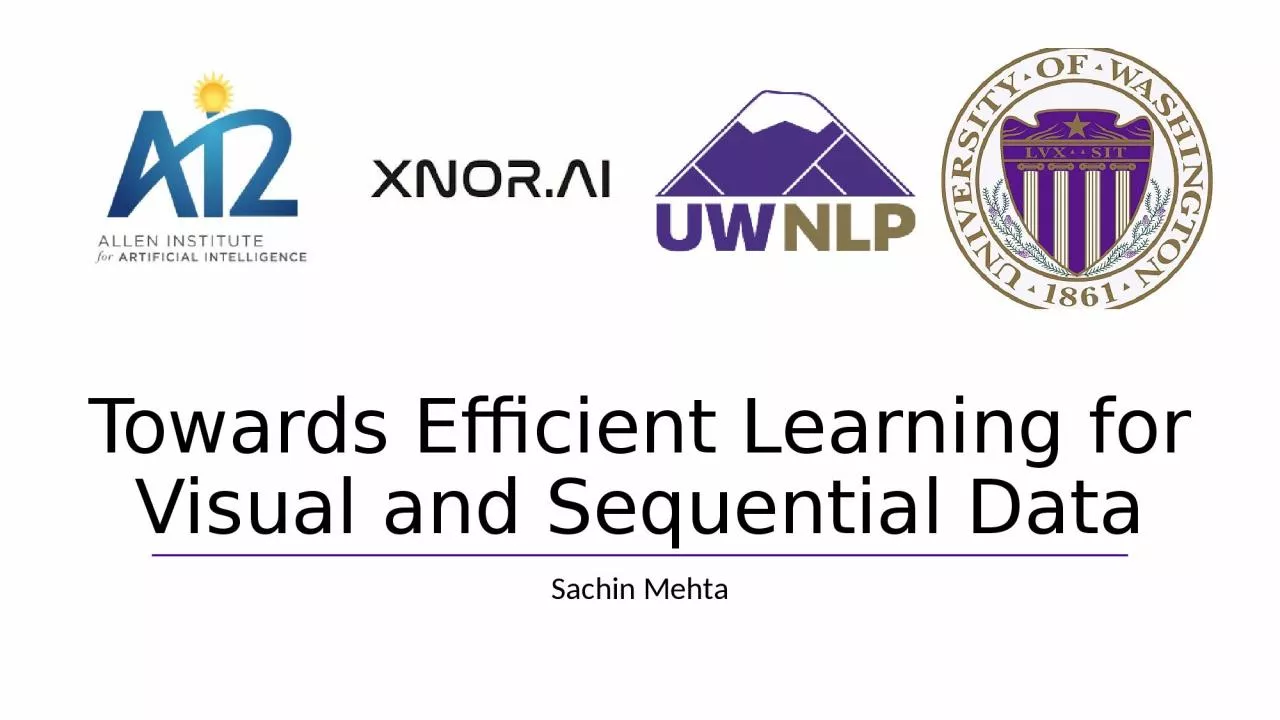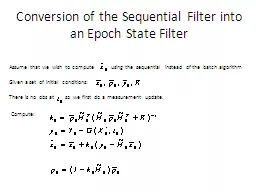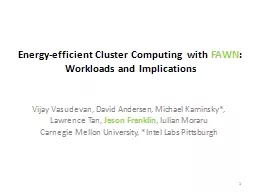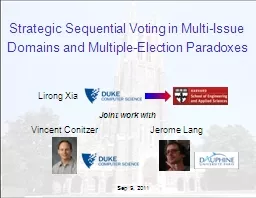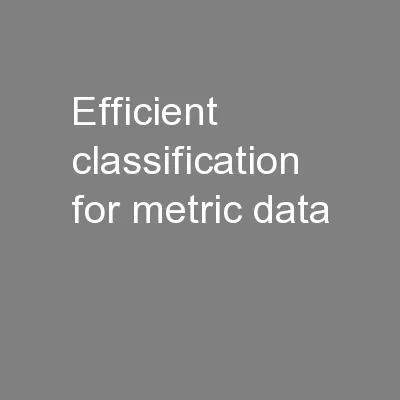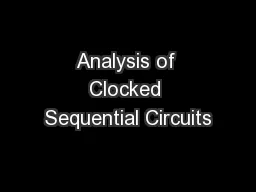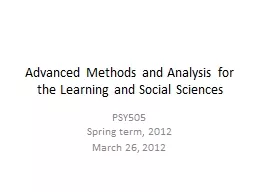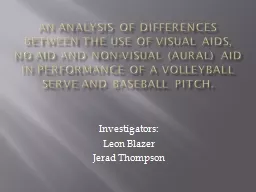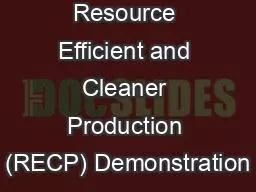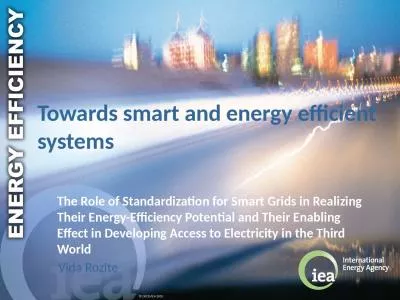PPT-Towards Efficient Learning for Visual and Sequential Data
Author : wilson | Published Date : 2024-02-09
Sachin Mehta Outline Convolution Neural Networks Discrete convolution x0 x1 x2 x3 x4 x5 x6 x7 x8 y4 k0 k1 k2 k3 k4 k5 k6 k7 k8 Input Kernel Output A discrete
Presentation Embed Code
Download Presentation
Download Presentation The PPT/PDF document "Towards Efficient Learning for Visual an..." is the property of its rightful owner. Permission is granted to download and print the materials on this website for personal, non-commercial use only, and to display it on your personal computer provided you do not modify the materials and that you retain all copyright notices contained in the materials. By downloading content from our website, you accept the terms of this agreement.
Towards Efficient Learning for Visual and Sequential Data: Transcript
Download Rules Of Document
"Towards Efficient Learning for Visual and Sequential Data"The content belongs to its owner. You may download and print it for personal use, without modification, and keep all copyright notices. By downloading, you agree to these terms.
Related Documents

